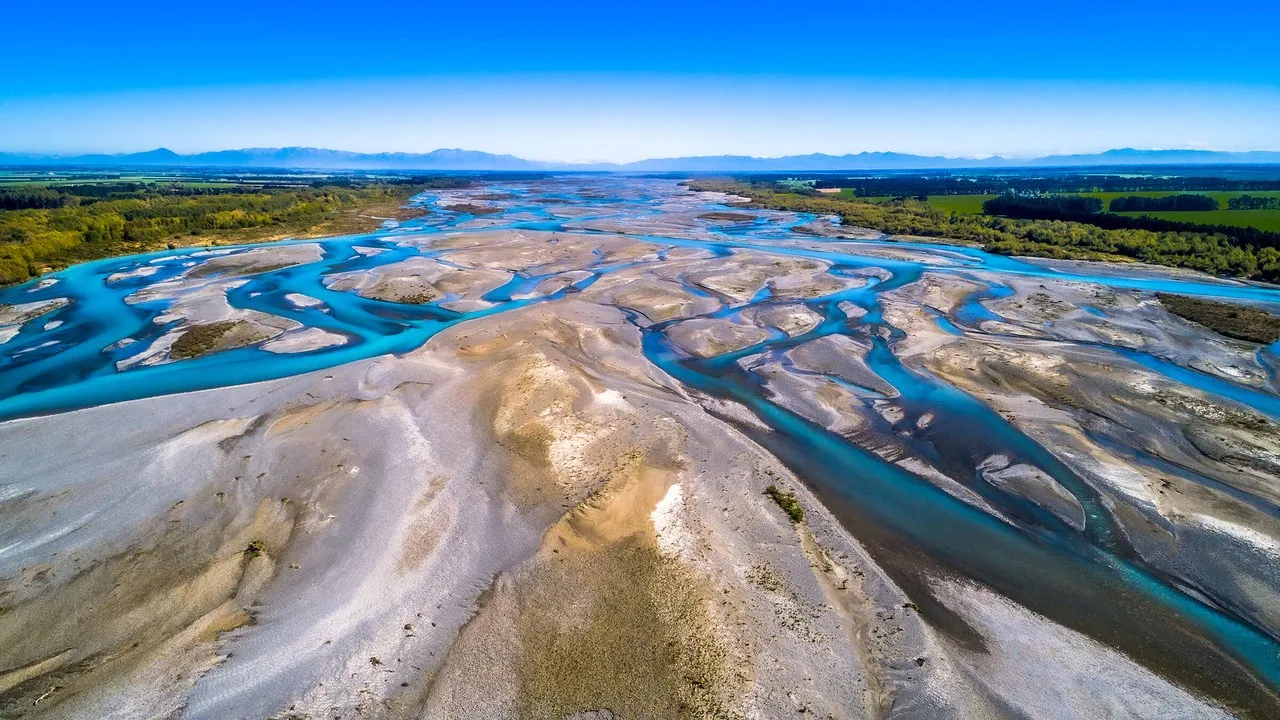Rekindling screen production ties
Screen CanterburyNZ is spearheading a bold initiative with Kōawa Studios to rekindle screen production ties between Aotearoa New Zealand and one of the world’s filmmaking powerhouses – India.
Led by Head of Screen CanterburyNZ Petrina D’Rozario, a recent exploratory trip to India has laid the groundwork for new partnerships, co-productions, and educational exchange opportunities that could significantly benefit Canterbury and the broader New Zealand screen industry.
“We had over 100 Indian films shot in Aotearoa between 1993 and 2003, but now we’re lucky to see one every two years,” said D’Rozario. “I wanted to understand why, and more importantly, what it would take to bring them back.”
A way to move forward together
The trip has resulted in a paper prepared by Screen CanterburyNZ alongside Kōawa | University of Canterbury Digital Screen Campus, Regional Film Offices New Zealand | RFONZ and Kim Georgine of Get Marketing.
Petrina, who spent more than a decade working in the Indian screen sector – including as COO of Priyanka Chopra’s Purple Pebble Pictures – connected with producers and guild leaders across India. Over 70 screen professionals were engaged across 39 meetings and group discussions in Mumbai and Hyderabad.
Building bridges: why relationships and incentives matter
Despite a co-production treaty between India and New Zealand being signed in 2011, only one co-production has occurred since. “The opportunity to build the existing relationship and secure more co-productions is timely, given the growing momentum in bilateral relations between India and New Zealand,” said D’Rozario.
One of the key takeaways from Indian producers? Incentives matter.
“Our beautiful scenery will always be a draw, but it’s the incentives and relationships that close the deal,” said D’Rozario.
Screen education collaboration
The initiative also explores screen education collaboration, with India already a significant partner in international education for New Zealand. There’s potential to link institutions like the Kōawa creative hub with top-tier Indian film schools such as Whistling Woods International.
“Education is a powerful tool for building long-term screen industry ties,” said D’Rozario. “One of the critical caveats for production to choose a location is availability of skilled technicians, and Kōawa Studios is helping build this talent pipeline.”
A bright future
With India boasting the world’s largest cinema-going audience and producing over 2,700 films a year, the potential for economic and creative collaboration is immense.
“The conversation has started,” D’Rozario concluded. “Now the question is – are we ready to do what it takes?”
Read the full report below.

)
)
)